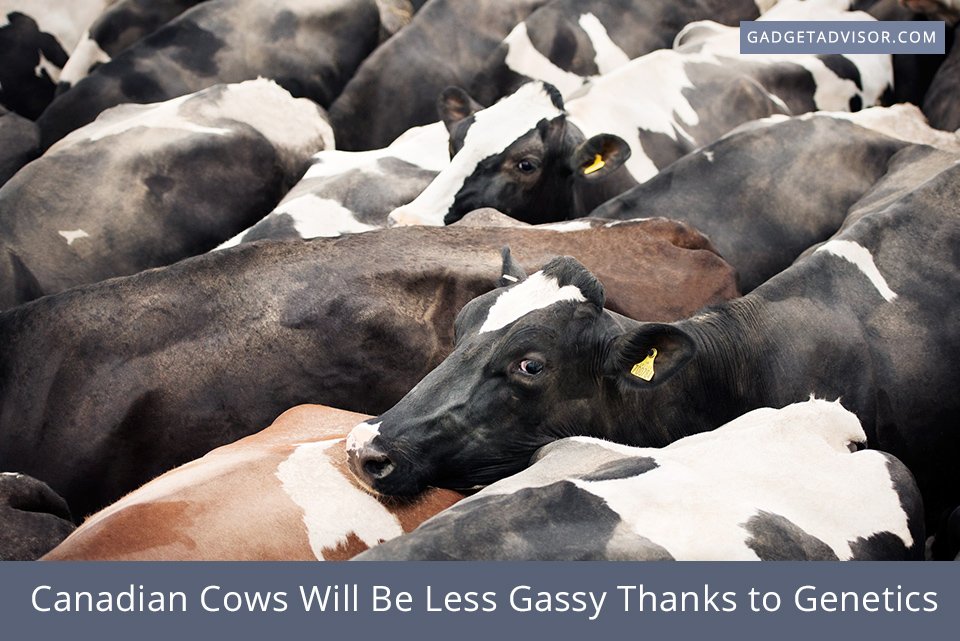It is a well known fact that cattle, along with other farm animals, release a huge amount of methane into the atmosphere. Methane is harmful to the environment because it traps 30 times more heat per molecule than carbon dioxide, making it a huge contributor to global warming. Just how much is astounding: according to the Food and Agriculture Organization of the United Nations, cows are responsible for 9.5 percent of greenhouse gas output worldwide. That’s a big deal, and Canadian farmers and scientists are determined to find a solution.
J.P. Brouwer is one of them. His family’s commercial dairy farm in Alberta, Canada, is participating in the project by way of information contributed to the Genome Canada project. His favorite cow, a black and white Holstein, is number 1995. 1995’s food intake and diet are monitored daily, and has her breath checked for the amount of methane it contains several times a day. That’s not the only reason 1995 is important to the Genome Canada project: her genome was partially sequenced to help digestion and reduce methane output. Monitoring her progress closely is key to understanding what works and what doesn’t, and to moving the project towards successful results.
The Brouwers aren’t participating in the project only out of their concern for the environment, either. They stand to greatly profit from the results of the studies and experimentation. Altering the genomes of cows to reduce their methane emissions also means that the cows have a better digestive system and are more than likely to live longer, more productive lives than those whose genomes are more poorly constructed. For a commercial dairy farmer like Brouwer, this is great news. It means that his cows will produce more milk than average cows, and thus he will have fewer mouths to feed for the same amount of milk. His cows will be healthier and less likely to get sick and die. In the future, his plan is to identify (through genome testing) which of his cows are the healthiest and better producers and get rid of those who perform below par.
Identifying just the right genome is tiring work, but scientists have already been able to identify which genomes are healthy and produce ‘green’ cows. By identifying the genome in bulls and sending those bulls to areas that have less of a ‘healthy’ genome population, they are hoping to spread the genome around the globe.

